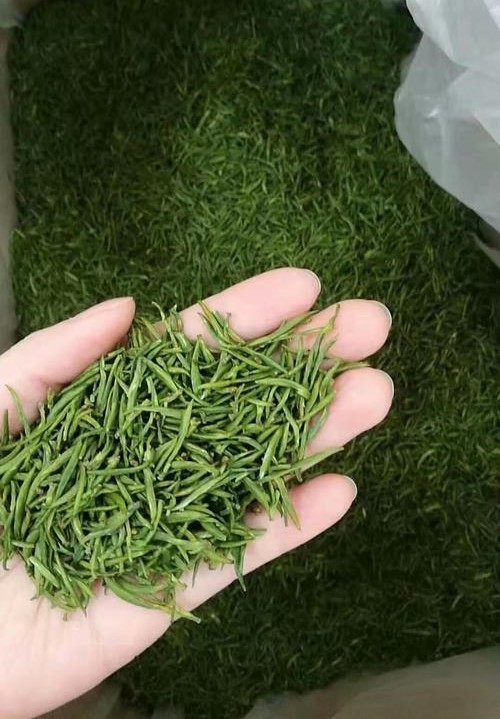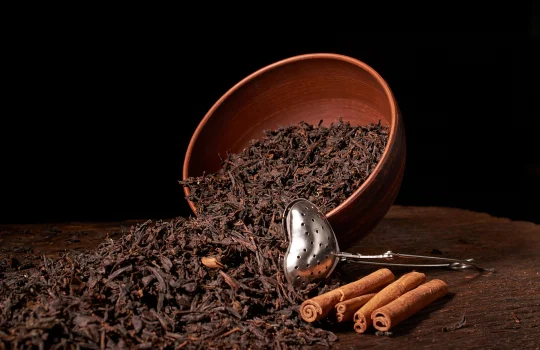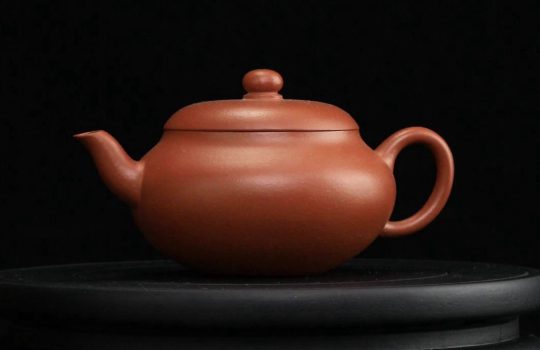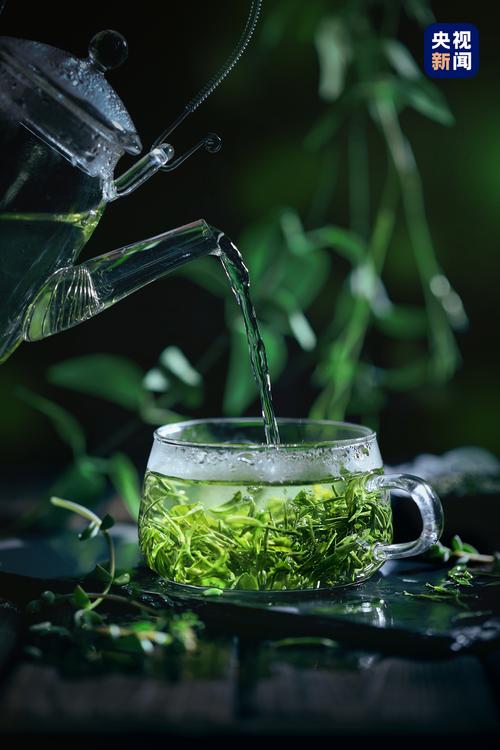In the vast scroll of Chinese tea culture, Junshan Silver Needle, like a hermit in golden armor, has been passed down for thousands of years as the “treasure of tea”. When the tea buds in the glass cup stand up like silver needles, and rise and fall three times in the bright yellow tea broth, as if staging a silent dance, this is the most fascinating “tea dance spectacle” of Junshan Silver Needle. As China’s top ten famous tea in the only representative of yellow tea, it is produced in the Dongting Lake Junshan Island between the clouds, since the Tang Dynasty has been for the royal tribute tea, the Qianlong Emperor praised its “silver plate in a green snail”.
However, the market to fake the real “silver needle” endless, so that many tea lovers shy away. This article will be from the historical origins, process features to buy skills layer by layer dismantling, take you to open the mystery of Junshan Silver Needle, to help you easily break through the imitation of the set, encounter this cup of gold across the millennium manna.
I. Introduction of Junshan Silver Needle Tea
Junshan Silver Needle is one of the top ten famous teas in China, belonging to yellow tea category, produced in Junshan Island in Dongting Lake, Yueyang City, Hunan Province. Its appearance is as slender as a needle, the buds are golden, covered with white hairs, similar to the “gold and jade”, when brewing the tea leaves in the cup three times up and three times down, known as “dancing tea”, both ornamental and drinking value.
1、History and Culture
Junshan Silver Needle began in the Tang Dynasty, and was listed as a tribute tea in the Qing Dynasty, and Princess Wencheng brought it into Tibet when she got married. According to legend, the two consorts of Emperor Shun, E Huang and Nu Ying, sowed the tea seeds in Junshan Mountain, which became the mother of the tea tree, giving it a deep cultural heritage. 1956, the tea was awarded the gold medal at the Leipzig International Fair in Germany, and in 2022, its production technology was included in the list of the United Nations Intangible Cultural Heritage.
2、Origin and Craftsmanship
Junshan Island is surrounded by lakes on all sides, with a humid climate, sandy red soil, large temperature difference between day and night, and perennial clouds, providing a unique microclimate for the growth of tea trees. Picking strictly follow the principle of “nine do not pick” (such as rainy days, insect injury buds do not pick, etc.), only take the first round of 7-10 days before and after the Qingming Festival single buds, every 40,000 buds can be made into 1 catty dry tea. The production needs to go through ten procedures such as killing, drying, smothering (double smothering process), baking, etc., which lasts 72 hours and is completed by hand, in order to preserve the freshness and unique flavor of the tea leaves.
3、Quality and Brewing
The finished tea has fat and uniform buds, apricot yellow soup color, pure aroma with floral flavor, fresh and sweet taste, and bright and tender leaf bottom. When brewing, it is recommended to use a glass cup, the water temperature is about 90 ℃, the tea leaves in the cup vertical suspension, sometimes like a group of bamboo shoots break through the ground, sometimes like a silver needle dancing, forming a “three up, three down” spectacle, very visual aesthetic.
4、Health and market
Compared with the same bud tea Biluochun, white hair silver needle, yellow tea unique smothering yellow process so that it is rich in amino acids, tea polyphenols and other ingredients, with the role of unctuous, especially for the elderly to drink.
Second, the selection of authentic Junshan silver needle of several laws
Relative to the West Lake Longjing and other well-known tea, Junshan silver needle visibility and popularity is not so high, so tea lovers if you want to buy authentic Junshan silver needle may not know how to start, the following Xiao Ai will share with you a few reliable methods.
1. Observe the shape and color: unlock the tea “ID card”.
Authentic Junshan silver needle buds fat and uniform, about 2.5-3 cm long, shaped like a silver needle straight, the outer layer of white hair densely covered with frost and snow, the base of the buds was yellowish-green (commonly known as “gold and jade”). Before brewing the dry tea: poor quality products are often mixed with broken leaves or single leaves, buds thin and sparse white hair; dyed imitation products are bright white and unnatural, easy to rub off powder. Observe the bottom of the leaf after brewing, the genuine buds and leaves are complete and fresh, and the fake tea is soft or broken. Be wary of the phenomenon of dyeing and pretending to be green tea buds such as Guizhou “Meitan Cui Ya”. 2.
2. Smell and taste: deciphering the flavor code
When you open the soup, the real product will release the elegant “ripe grain fragrance”, similar to the sweet aroma of malt after baking, while the dyed imitations have a grassy or burnt flavor. Sip the tea, authentic Junshan Silver Needle is slightly astringent at the beginning of the mouth, and then quickly dissolves into a dense sweetness within 3 seconds, with a cool feeling in the throat; inferior teas are astringent or have a rancid taste. It is recommended to use 85 ℃ mineral water brewing, the authentic degree of bubble resistance of more than 4 bubbles and each bubble flavor levels, imitations are often three bubbles after the tea taste suddenly light.




